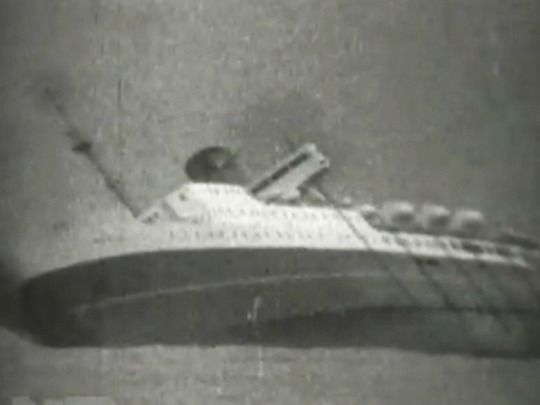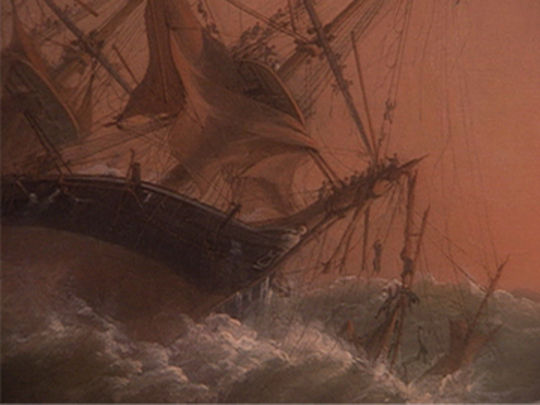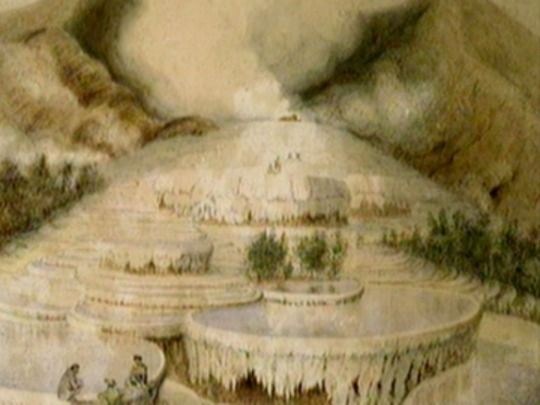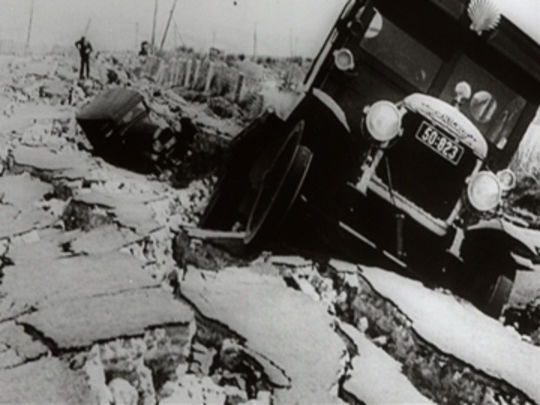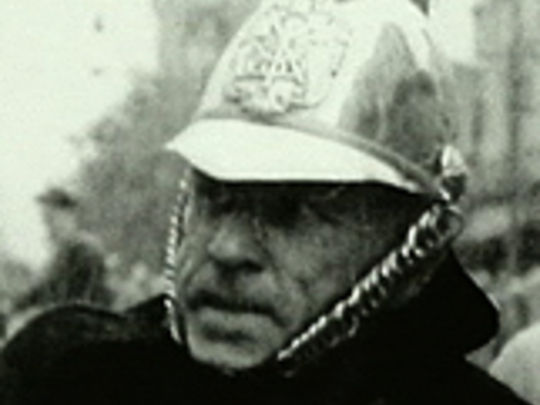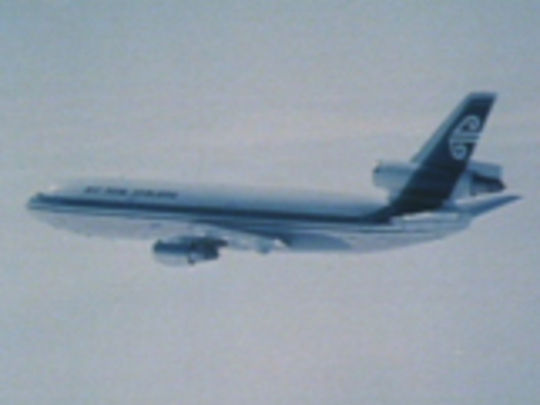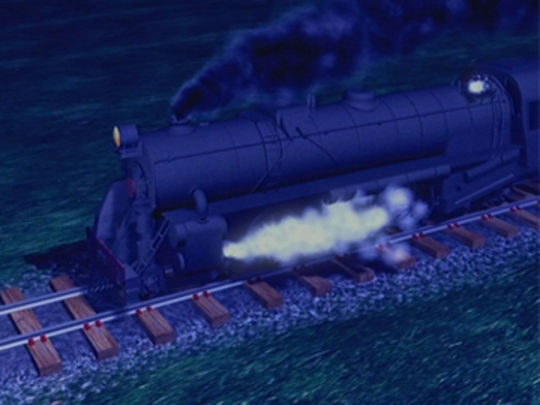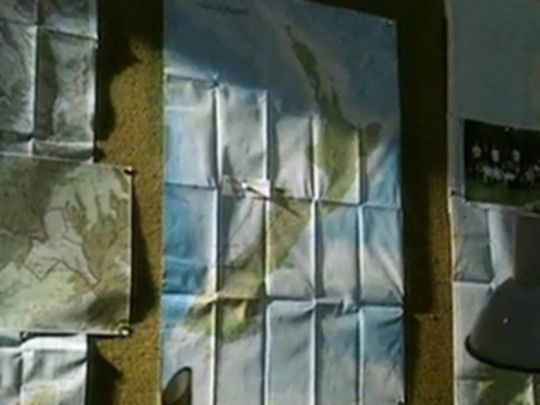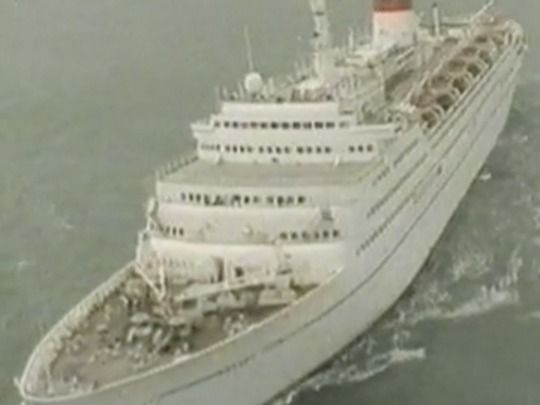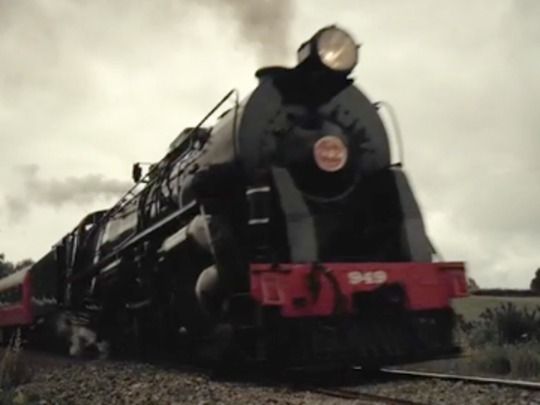NZ Disasters
Reliving Disasters
How do you recreate the experience of a disaster on screen? That is the intriguing question raised by this powerful and at times sobering collection of films about New Zealand disasters. The collection ranges from those disasters which occurred before living memory such as the Orpheus shipwreck in 1863 and the Tarawera eruption in 1886, through to those traumatic events, Pike River and the Christchurch quake, which happened within the last decade. Each provides a rather different challenge in telling the story.
There is a common sequence to the disaster experience, which this collection exemplifies well. Every disaster covered was unexpected; so part of the drama comes from the contrast of normal life, suddenly interrupted by a very abnormal crisis. This preceding normality has to be described. Tarawera achieves it through old photographs and the reflections of historians and local iwi. Spring Flames recreates the day-to-day experiences in Ballantynes’ haberdashery section through an evocative drama. A similar technique is used in Tangiwai – A Love Story, which tells the tragic tale of Bob Blair losing his fiancée in the rail disaster while playing cricket for New Zealand in South Africa.
In Flight 901 – The Erebus Disaster, footage from previous flights is used to recreate the ‘dream experience’ with champagne in the cabin and frozen grandeur below, which preceded the crash. In Destination Disaster, oral histories with passengers beautifully bring alive the pleasures on board ‘this ship of dreams’. They recall on the day of the wreck vodka tasting in the Bolshoi lounge, and guests looking forward to T-bone steaks.
Then comes the moment of terror — the volcanic explosion, the ship hitting the rocks, the quake. How to evoke this? Only in the Christchurch quake were cameras rolling at the time of the big one. These are memorably reproduced in two outstanding documentaries: When a City Falls and A Shocking Reminder. Each has slightly different footage, which City Falls director Gerard Smyth describes as ‘earthquake porn’, but both films are worth replaying just to capture the full horror of 12.51pm on 22 February 2011.
In other disasters alternative techniques must be used to recount the terror. Tarawera draws on contemporary paintings and the memories of descendants. More recent disasters are told through oral history with survivors as in Earthquake, about the Hawkes Bay quake in 1931. The experience of jumping into lifeboats from the Wahine in April 1968 is described vividly by survivors who were interviewed as they stepped ashore on Seatoun Beach by TV reporters. In NZBC Classics – Wahine Disaster, the grim tones of the newsreader and reporters add to the emotional impact of the event. There is also excellent footage of firemen battling the Ballantynes blaze in Christchurch Fire.
Almost immediately after a disaster the question begins to be asked, ‘Why did it happen?’. There are 12 historic disasters covered in this collection, plus in Aftershock one simulated Wellington quake. The death tolls range from over 250 in the Erebus and Hawkes Bay earthquake disasters to a single death in the sinking of the Mikhail Lermontov. What is sobering is that apart from the two volcanic events at Tarawera and Tangiwai and the earthquakes at Christchurch and Hawkes Bay, the rest (from the Ballantynes fire and the shipwrecks, to Cave Creek and Pike River) are almost wholly the result of human error. Even in the quakes, deaths were higher than they might have been because of faulty building. So inevitably several programmes focus on this issue. In Shipwreck – The Wreck of the Orpheus, for example, exhaustive work by a local historian is used to describe with fine graphics and visits on site the sequence of decisions which led to the Orpheus hitting Manukau Bar, the largest loss of life among NZ’s shipwrecks. Wahine Day ends with the reporter asking a series of unanswered questions, which raise troubling issues about responsibility for the event.
The final issue raised by these programmes is the act of recovery — both physical and emotional. In the case of earthquakes there are bodies to be recovered (as in the emotionally disturbing story Five days in the Red Zone); and then there are cities to be rebuilt, which is the focus of Aftermath. There is heritage to be saved, which is well treated in Battle at the Basilica. Mikhail Lemontov tells of the story of the salvage of belongings from that ship.
There is also the challenge of emotional recovery — how do individuals overcome the trauma and restore their lives? This is excellently told through personal stories and oral histories in A Shocking Reminder, where the viewer follows individuals struggling to cope with the disruptions and losses of two major quakes.
Particularly impressive is ‘the art of recovery’, to quote one title — people’s use of culture to provide an emotional healing. In Wahine Day this comes in the form of a church service on Seatoun Beach five years later. In Chimney Book it takes the form of an experimental film about the Christchurch quakes, and most memorably in Dreams Lie Deeper it is expressed through a magnificent memorial concert by Dave Dobbyn, backed by an orchestra.
In the end the films in this collection are themselves contributions to the cultural healing. Because the filmmakers inevitably became emotionally involved in the stories, they throw themselves heart and soul into the telling. The tragedies and the mistakes, but also the heroic efforts at supporting others, are evoked. The collection provides a healing for us all.
- Dr Jock Phillips, ONZM, spent 13 years as New Zealand's Chief Historian before initiating Te Ara: the Encyclopedia of New Zealand, where he was editor for 12 years. His television work includes leading the team of historians behind series Frontier of Dreams. His website is here.
